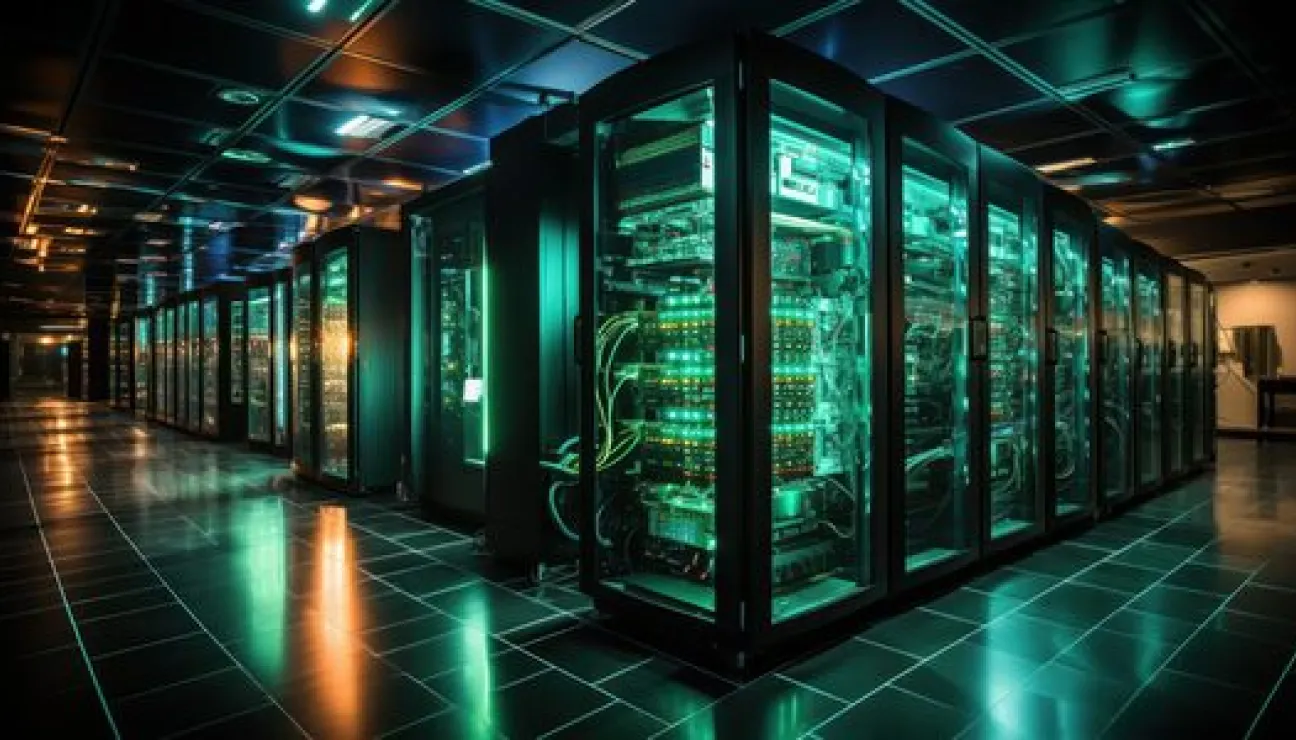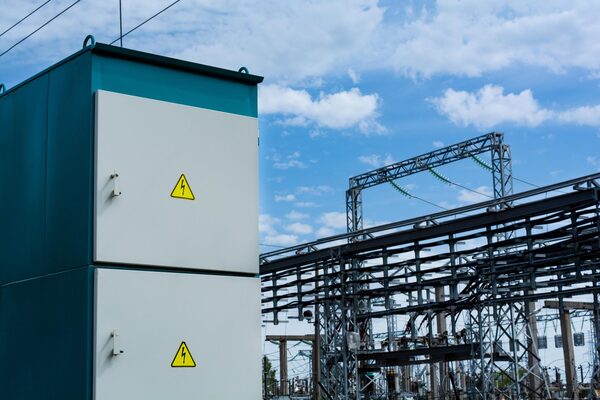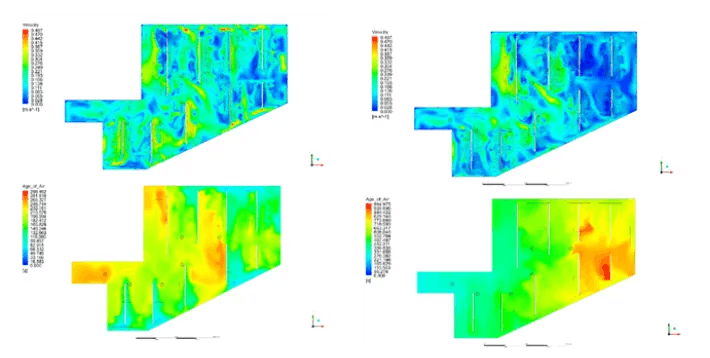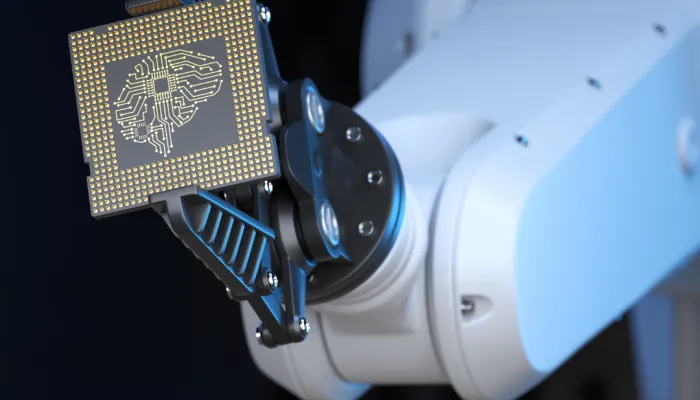CIRCE: the perfect ally to meet the energy and sustainability challenges of data centers

As global digitalization advances, the demand for data centers has grown exponentially, especially in Spain and Southern Europe. This growth brings with it significant challenges in terms of efficiency, reliability and sustainability, areas in which CIRCE stands out as a strategic partner to meet the challenges of the sector.
Based in Zaragoza, this technology center has achieved international recognition thanks to the maturation and transfer of its innovative solutions, helping to boost the sustainability and energy efficiency of companies. One example is the European REEFLEX project, which works on the flexibility of data center demand, seeking better interaction with the electricity grid, a reduction in energy costs and new revenues from market mechanisms -such as balancing or capacity systems-.
Hosting capacity and curtailment: integrated solutions for grid and energy access
One of CIRCE's reference services is the calculation of hosting capacity and curtailment. The technology center has developed advanced methodologies to calculate and forecast these capacities, using advanced simulation models and data analysis. The effective use of these methodologies allows data centers to select the optimal location for their new facilities. The connection capacity of new electricity consumption, integrating factors such as the forecast development of electricity grids, the evolution of renewable generation availability and its curtailment, the prediction of demand growth, as well as hybridization with generation and storage systems are fundamental aspects in this type of decision. Learn more about our tool for calculating and solving curtailment in the network that allows you to have more information to make investment decisions.
Electric infrastructure and supply reliability studies
The reliability of the power supply is another fundamental aspect for data centers, as any interruption can have serious consequences. In order to prevent this situation, it is essential to have exhaustive studies to anticipate undesired scenarios.
CIRCE has extensive experience helping large energy and industrial companies in the design and validation of protection and control systems, as well as in the design and digitization of electrical substations and other critical assets through specific electrical studies. Selectivity and calculation of settings, virtualization of substation automation systems (IEC 61850) or dynamic simulations of events are some of the tools used by the technology center to increase the reliability and robustness of supply.

CFD techniques to reduce consumption and extend equipment lifetime
Thermal management is another crucial aspect for the operation of data centers. CIRCE has been using Computational Fluid Dynamics (CFD) techniques for more than 15 years to analyze and optimize heat flows in facilities. In this way, it is possible to identify hot spots, improve air distribution and optimize the performance of cooling systems, extending the life of equipment and significantly reducing energy consumption.
But this is not the only advanced solution offered by the center in terms of thermal management, it also offers other services such as:
- Validation of selected cooling solution and establishment of its limits.
- Implementation of low-level thermal monitoring systems and active cooling management according to specific needs.
- Evaluation of scenarios and definition of operation strategies from the energy point of view (partial loads, transient periods, start-ups, etc.).
- Digital twin: use of multiphysics simulations and artificial intelligence to predict cooling needs and optimize system operation.
- Innovative cooling technologies: evaluation of the application of advanced cooling technologies, such as immersion cooling, free cooling or direct-to-chip cooling, taking into account the local and regional environment.

Energy management and demand flexibility
Reducing Power Usage Effectiveness (PUE) is one of the sector's main objectives. The implementation of ISO 50001, multi-site benchmarking between data centers, the prioritization of energy efficiency measures, as well as the orchestration of resources according to energy consumption are some of the levers used by CIRCE to help reduce this indicator. In addition, adjusting consumption in response to market signals, grid constraints or the availability of renewable energy can result in significant savings and a more sustainable operation. This flexibility of demand can be reinforced by the hybridization of technologies on a case-by-case basis (batteries, hydrogen, V2G, symbiosis...).
Precisely, one of the demonstrators of the REEFLEX project is a data center where these strategies are being successfully tested, allowing to implement flexibility effectively and to integrate energy storage and distributed generation systems.
Water footprint assessment
Efficient water use is a crucial challenge for data centers (WUE), which rely on large volumes of this resource for their cooling systems. It is essential to develop sustainable solutions, especially in areas where water is scarce. These strategies include assessing the water footprint, considering direct and indirect water consumption and the source of energy used; implementing a water/energy balance that integrates water efficiency with data center energy efficiency; and adapting to climate change by predicting future water resource availability and assessing possible constraints in local and regional contexts.We leave you with this article where you will find the three main strategies for the reduction of the water footprint.
Towards a Net Zero future
Europe is looking towards the European Climate Neutrality Pact in pursuit of the Net Zero Data Center. Energy efficiency (PUE), clean energy (renewable energies), water (WUE), circular economy (reuse, repair and recycling of materials) and circular energy systems (reuse of heat) are the pillars. But this objective cannot be achieved if it is not attacked from a holistic point of view.
Methodologies such as life cycle analysis help to reduce the environmental impact of a data center along the entire value chain. However, this approach goes beyond assessing the carbon or water footprint; it also considers a set of indicators to improve the performance of the data center from project design, site selection, construction and operation to end-of-life.







